
Corazon — your Hyde Park source for guayaberas, Lucha Libre masks, and other assorted crafty and gifty south-of-the-border imports — has lost its lease and will be leaving its longtime spot at the northwest corner of Waugh and Fairview within a month, store owner Chris Murphy reports. The 6,250-sq.-ft. lot it sits on, which includes a recently demolished property at 1410 Fairview, is now under contract after being marketed as a redevelopment site.
Corazon moved into its current home in 1998 — from a location in the former Gramercy Apartments on Montrose Blvd. across from Bell Park (where the Museum Tower now stands). The corner spot at 2318 Waugh Dr. has a craft-y history: Previously a furniture refinishing shop, the building reportedly earlier had gigs as an antique store, a glass-blowing studio, a general store, and a smithy. Murphy says he expects it to be demolished — and replaced with townhomes.
The structure is perhaps best known to passers-by, however, as a frame for the fifth-ever red dot, painted by Red Dot Boys (and former Houstonians) Robert Ramos and Rick Carpenter, as shown here in this undated image from the Red Dot Boys website:


 “I regularly walk around in Montrose. I’ve also been to many urban neighborhoods in the northeast which are as close to 100% gentrified as you can get. I’m talking Greenwich Village in NYC, Beacon Hill in Boston, Georgetown in DC.
Montrose is not anywhere close to that level of gentrification. It won’t even be there in 20 years. Right now, you can still walk around Montrose and see loads of old 60s and 70s garden complexes with $700 a month apartments. There are plenty of trashy convenience stores, rundown strip malls, and vacant lots. And yes, there are still plenty of young artists and musicians who live in the area and hang out in areas like the Menil plying their craft.
Any neighborhood where a lot on a major commercial street can sit vacant for over a year is not that gentrified yet.
Okay, so yes. Montrose is obviously gentrifying. It’s different from how it was 20, 30, 40 years ago. That’s part of city life–places change, some people move out, other people move in. And eventually, maybe in a few decades, if Houston doesn’t get destroyed in a hurricane or become the next Detroit due to economic collapse, Montrose probably will become the kind of bland-ish upper crust West U-ish neighborhood people act like it already is. But here’s the reality: It’s not there yet, and it won’t be for quite awhile.” [
“I regularly walk around in Montrose. I’ve also been to many urban neighborhoods in the northeast which are as close to 100% gentrified as you can get. I’m talking Greenwich Village in NYC, Beacon Hill in Boston, Georgetown in DC.
Montrose is not anywhere close to that level of gentrification. It won’t even be there in 20 years. Right now, you can still walk around Montrose and see loads of old 60s and 70s garden complexes with $700 a month apartments. There are plenty of trashy convenience stores, rundown strip malls, and vacant lots. And yes, there are still plenty of young artists and musicians who live in the area and hang out in areas like the Menil plying their craft.
Any neighborhood where a lot on a major commercial street can sit vacant for over a year is not that gentrified yet.
Okay, so yes. Montrose is obviously gentrifying. It’s different from how it was 20, 30, 40 years ago. That’s part of city life–places change, some people move out, other people move in. And eventually, maybe in a few decades, if Houston doesn’t get destroyed in a hurricane or become the next Detroit due to economic collapse, Montrose probably will become the kind of bland-ish upper crust West U-ish neighborhood people act like it already is. But here’s the reality: It’s not there yet, and it won’t be for quite awhile.” [ “No one likes it when a fun edgy neighborhood like Montrose gentrifies. Seeing original funky local haunts replaced by chains and high end destinations is like losing an old friend. But this process of gentrification is actually good in the long run because each generation gets a new chance at building a home for the local counterculture. Without that cycle of displacement and rebirth, the counterculture becomes entrenched and turns into an establishment culture within the counterculture. Rising rents in Montrose pushed out lots of artists. But it also created demand for studio space that gave birth to the 1st Ward arts district and great new developments like the Silos. And the same dynamic is playing out for bars and clubs popping up all over the east side. The counterculture lives on and thrives when each generation has a chance to find their own voice by converting a forgotten part of the city into the next counterculture hub. In the end, the kids are alright. They just need a push out into the wilderness every few decades to keep things fresh.” [
“No one likes it when a fun edgy neighborhood like Montrose gentrifies. Seeing original funky local haunts replaced by chains and high end destinations is like losing an old friend. But this process of gentrification is actually good in the long run because each generation gets a new chance at building a home for the local counterculture. Without that cycle of displacement and rebirth, the counterculture becomes entrenched and turns into an establishment culture within the counterculture. Rising rents in Montrose pushed out lots of artists. But it also created demand for studio space that gave birth to the 1st Ward arts district and great new developments like the Silos. And the same dynamic is playing out for bars and clubs popping up all over the east side. The counterculture lives on and thrives when each generation has a chance to find their own voice by converting a forgotten part of the city into the next counterculture hub. In the end, the kids are alright. They just need a push out into the wilderness every few decades to keep things fresh.” [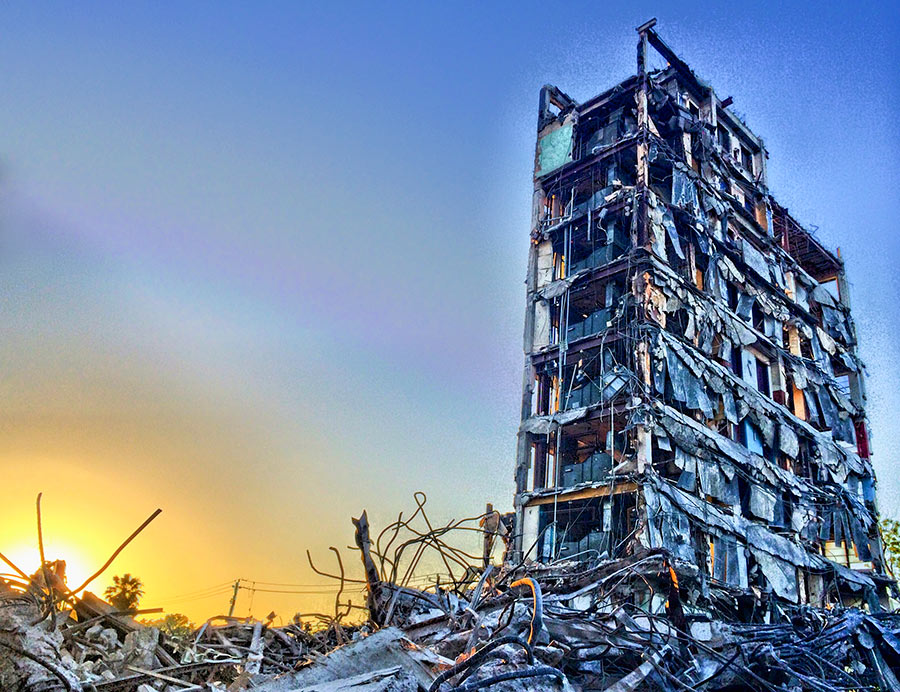
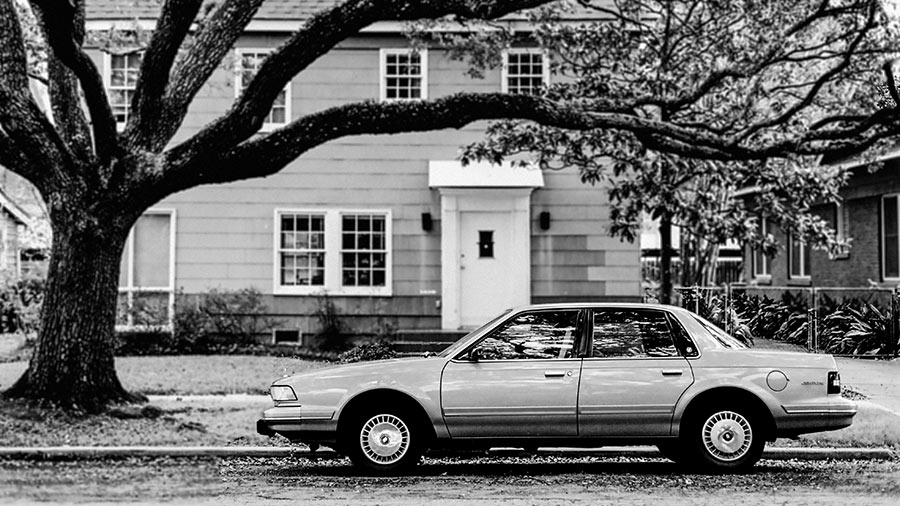 Nostalgia for Montrose’s good old days as a counterculture hub has a history almost as long and involved as the neighborhood itself, curator of Houston lore John Nova Lomax points out in a new essay for Texas Monthly. “I’ve heard generations of these death-by-gentrification declarations. Hippies might tell you it died around the time Space City! went under in 1972,” he writes (Lomax himself was “conceived in Montrose by hippie parents, in a house on the corner of Dunlavy and West Alabama.”) “There have almost always been laments about rising rents: In 1973, Montrose was featured in Texas Monthly’s third-ever issue, with folk singer Don Sanders fretting about a mass exodus of creative types brought on when area leases topped a whopping $100.” Since then, however, the losses have only mounted: “
Nostalgia for Montrose’s good old days as a counterculture hub has a history almost as long and involved as the neighborhood itself, curator of Houston lore John Nova Lomax points out in a new essay for Texas Monthly. “I’ve heard generations of these death-by-gentrification declarations. Hippies might tell you it died around the time Space City! went under in 1972,” he writes (Lomax himself was “conceived in Montrose by hippie parents, in a house on the corner of Dunlavy and West Alabama.”) “There have almost always been laments about rising rents: In 1973, Montrose was featured in Texas Monthly’s third-ever issue, with folk singer Don Sanders fretting about a mass exodus of creative types brought on when area leases topped a whopping $100.” Since then, however, the losses have only mounted: “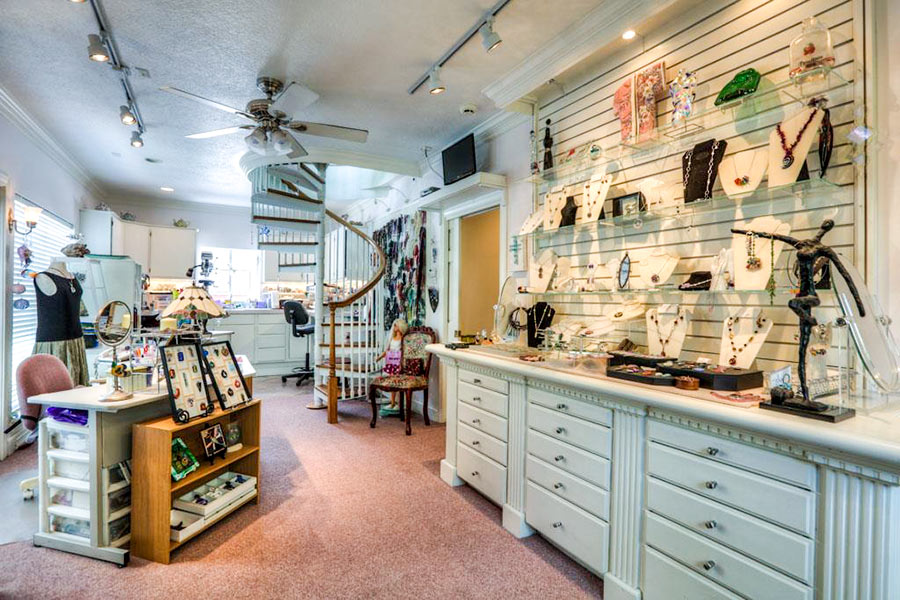
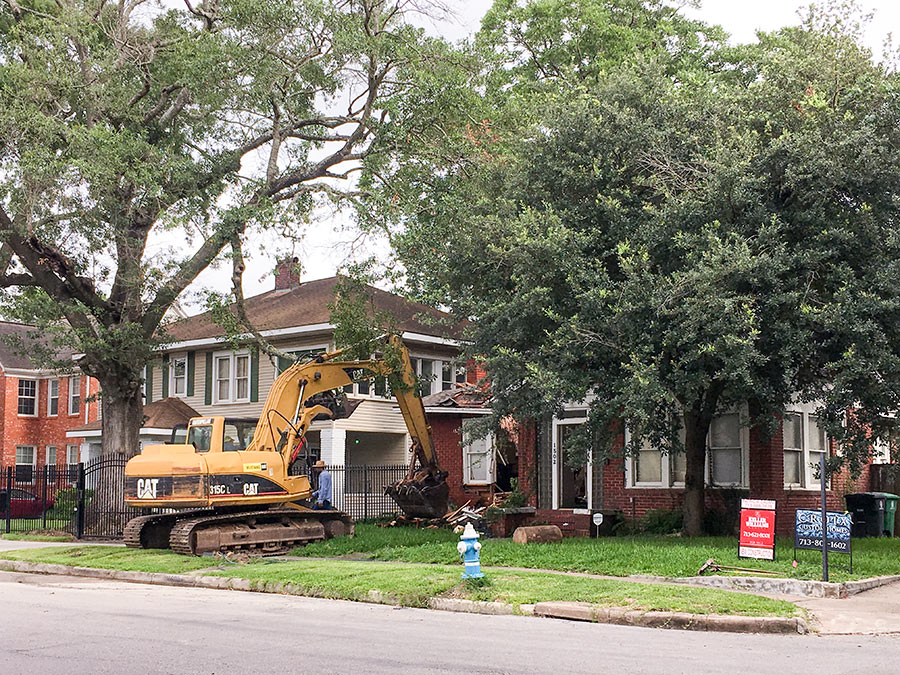
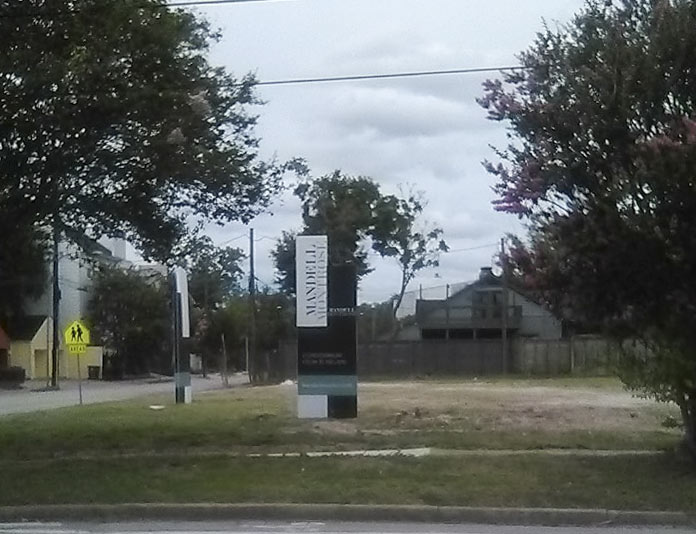
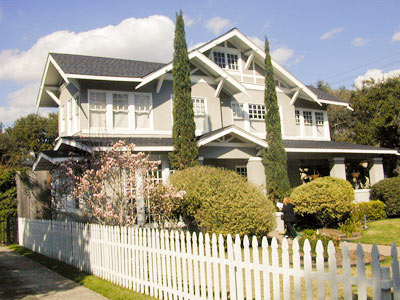 “TIL that Audubon Place (the street in 77006) is not in Audubon Place (the subdivision in 77027). The whole time I was scouring the neighborhoods in and around Westmoreland for a house, I thought the adjoining neighborhood was called Audubon Place. My bad; it’s Montrose. The original. I was misled by the green historical sign at the W. Alabama end of the block.” [
“TIL that Audubon Place (the street in 77006) is not in Audubon Place (the subdivision in 77027). The whole time I was scouring the neighborhoods in and around Westmoreland for a house, I thought the adjoining neighborhood was called Audubon Place. My bad; it’s Montrose. The original. I was misled by the green historical sign at the W. Alabama end of the block.” [ “First of all, this really doesn’t make much difference, as the original art moderne lines of this center were destroyed several years ago with the
“First of all, this really doesn’t make much difference, as the original art moderne lines of this center were destroyed several years ago with the 

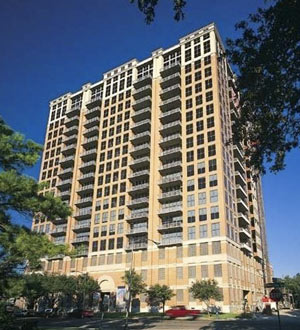 A corporate appendage of the Finger Companies has filed a document to add itself as a plaintiff to
A corporate appendage of the Finger Companies has filed a document to add itself as a plaintiff to 
